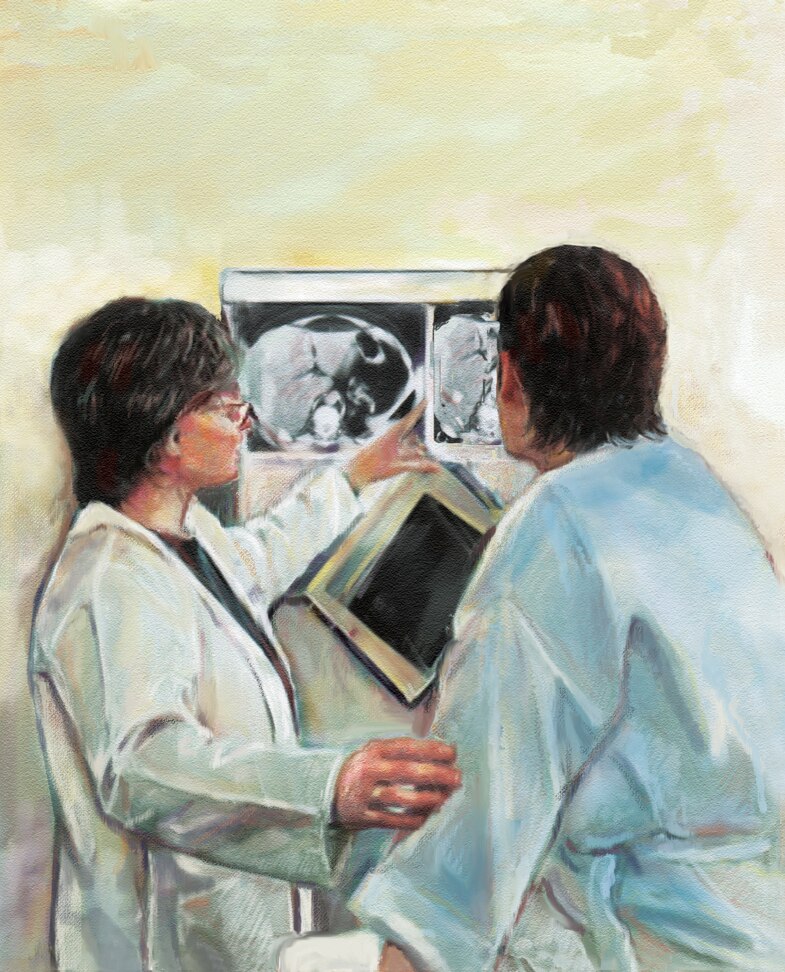Research Updates

Researchers at the NIH have created a mathematical model—and an accompanying online weight simulation tool—of what happens when people of varying weights, diets and exercise habits try to change their weight. The findings challenge the commonly held belief that eating 3,500 fewer calories—or burning them off exercising—will always result in a pound of weight loss. Findings were published Aug. 26 in a Lancet issue devoted to obesity.
Scientists at the NIH have uncovered pathway in mice that allows white fat—a contributor to obesity and type 2 diabetes—to burn calories in a way that’s normally found in brown fat and muscle. The findings are in the July 6 edition of Cell Metabolism.
A high level of a hormone that regulates phosphate is associated with an increased risk of kidney failure hormone that regulates phosphate is associated with an increased risk of kidney failure and death among chronic kidney disease patients, according to a recent study led by researchers at the University of Miami and funded by NIDDK, part of NIH. Results are in the June 15 issue of the Journal of the American Medical Association.
A specific form of vitamin E improved the most severe form of fatty liver disease in some children, according to a study funded by the NIH. Results appear in the April 27 issue of the Journal of the American Medical Association. A previous study found vitamin E effective in some adults with the disease.
Input sought by Oct. 26 on federal protections for research participants
By Emily Rugel, NIDDK program analyst

The field of biomedical research has changed substantially over the past two decades, growing in size and complexity, adopting new technologies, and focusing increasingly on behavioral and social factors in wellness and disease. Despite this transformation, however, the regulations that govern federally sponsored research with human participants have essentially remained untouched.
In response to these changes, the Department of Health and Human Services Office of the Secretary recently co-issued a draft proposal for modifications to the existing guidelines, which are also known as the Common Rule.
The proposed reforms cover a wide range of issues that impact investigators, participants, and institutional review boards. Overall, they are designed to enhance protections and facilitate research by improving the efficiency and clarity of the review and oversight system.
The proposal—formally called an Advance Notice of Proposed Rulemaking (ANPRM)—builds upon earlier recommendations from professional organizations, peer-reviewed scientific journal articles, and government committees such as the National Bioethics Advisory Commission.
To refine and improve upon the preliminary text, the ANPRM contains a series of detailed questions soliciting public input by Oct. 26. General feedback is also encouraged, and there will be additional opportunities to comment before any changes to the Common Rule are finalized.
The joint IRB for NIDDK and the National Institute of Arthritis and Musculoskeletal and Skin Diseases has drafted a preliminary response to the ANPRM, seeking clarification on the rules related to multi-site research, privacy and data security standards, and the use of biospecimens and stored data. The group will be working with the members of the Trans-NIH Bioethics Committee to ensure this feedback is taken into consideration during the initial public comment period.
To read the complete text of the proposal and submit comments, visit the HHS Office for Human Research Protections website.
NIDDK current funding opportunities
Grants and contract notices
